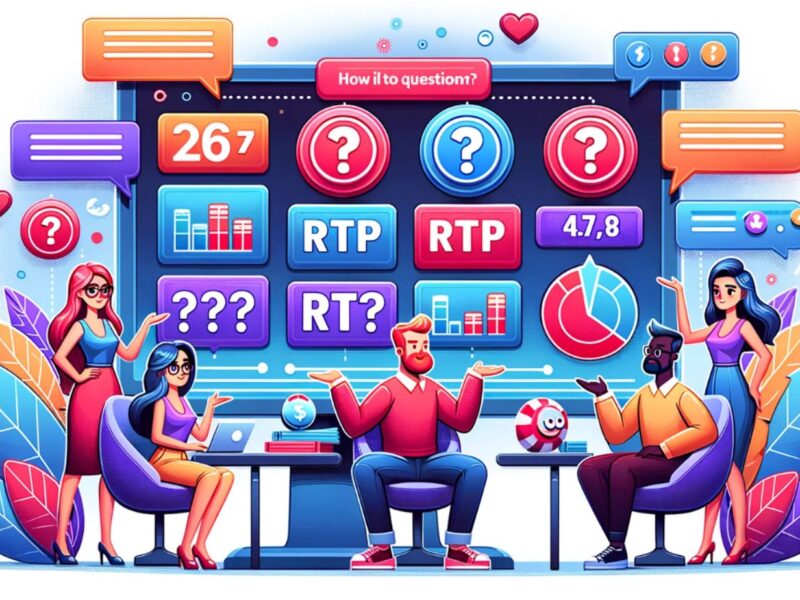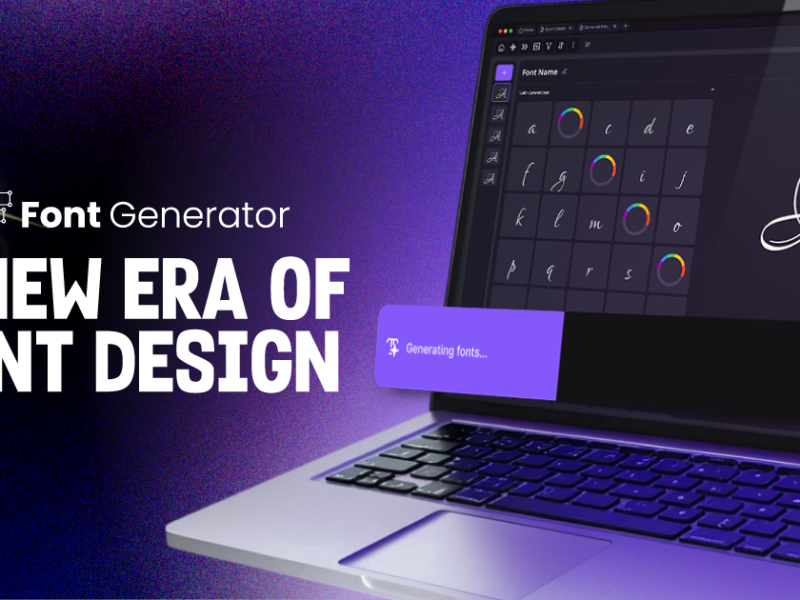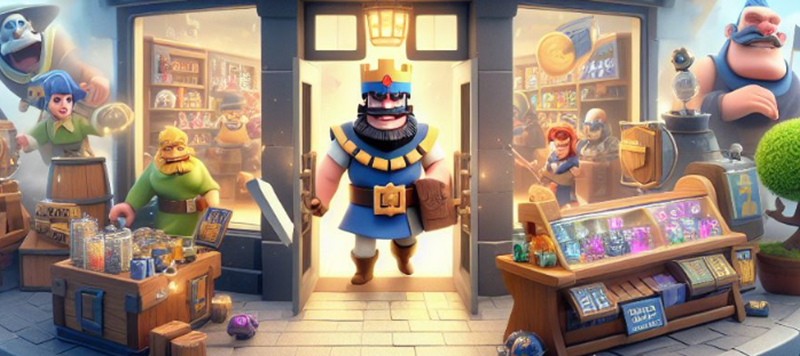Table of Contents
- Color Sets Emotional Tone and Environmental Rules
- Shape Drives Object Affordances and Narrative Metaphors
- Psychology-Driven Art Eliciting Targeted Player Actions
- Steering Character Choice and Perception through Visual Design
- Guiding Player Attention and Interactions
- Consistency Anchors Immersion Over Time
While we often consider mechanics, challenges, and rewards structuring gameplay first, visual language itself wields immense influence, subtly guiding our emotions and choices as players. Savvy developers utilize color palettes and shape motifs deliberately to signal critical game information or establish atmospheric tone through subconscious visual association.
This guide examines the psychological impacts of strategic employment of color and shape triggers during gameplay, helping teams more precisely craft experiences marrying mechanics to primal emotional responses through calculated art direction. Let’s explore essential principles around visual perception to focus player mindsets.
Color Sets Emotional Tone and Environmental Rules
Color selection alone profoundly affects how players perceive their surrounding game worlds across not just beauty but also rules and boundaries. Consider warmth versus coolness: fiery reds, oranges, and yellows feel energizing yet volatile, while ocean blues and forest greens suggest tranquil refreshment. We instinctively extrapolate affordances – icy terrain seems less traversable than solid ground. Beyond realism, stylized palettes signal gameplay limitations like zones of danger visually before encountering system-imposed penalties. Select hues mindfully.
Additionally, use saturation contrasts differentiating interactive objects needing player attention against inert backgrounds they can ignore. Vibrant collectibles, for instance distinguish from murky scenery. Also, leverage value contrasts between dark, shadowy spaces fraught with mystery versus bright open areas promising exploration freedom. Manage visual intensity through color, purposefully guiding emotion and engagement.
Shape Drives Object Affordances and Narrative Metaphors
Just as specific hues prime feelings, identifiable geometry shapes player expectations around probable object utility, abilities, or attributes. Consider near-universal associations: circles suggest a wholesome community. Triangles convey danger or conflict escalation. Squares represent stability and balance. Stars spark hope. Leverage these intrinsic assignments rather than fighting familiarity when introducing new game elements.

Beyond mechanics, shapes metaphorically mirror deeper psychological archetypes. The maiden, mother and crone personify feminine facets through pure circles, gentle ovals and stoic rectangles, respectively. Masculine attributes surface via archetypal rectangular pillars, triangular warriors, or circular sages. Use symbolic geometry to illustrate narratives through metaphorical dimensions recognized unconsciously by our primal mind.
Psychology-Driven Art Eliciting Targeted Player Actions
Thus far we have explored somewhat passive influences of visual language prompting emotion and focus. Now, let’s consider more active art direction strategically evoking desired player behaviors through perceptually motivated scene composition and asset design.
Beyond simply indicating interactive objects, thoughtful imagery also steers initial user action attempts toward correct puzzle-solving sequences for smooth initial learning curves. Rather than random fruitless button mashing, creative visual framing through positioning, perspective, and leading lines intuitively primes logical next steps, keying seamless introduction of core mechanics.
As complexity escalates, art reinforces mastery through consistency yet escalates challenges. Familiar interactions like door entries or object collections referencing previous color/shape signifiers trigger experienced players to progress via validated comprehension. However, new Trustees twist expectations just enough to expand capabilities over time without alienating through outright unfamiliarity. Give newly coded mechanics spatial visual grounding.

For maximum impact collaborating with a specialized game art studio on psychological reinforcement through environmental illustrations, animations, and assets pays dividends focusing on gameplay proficiency. But never fully distract from ludological integrity itself. Images should direct and reward interactivity without fully replacing substantive challenges and victories with eye candy alone. Find inspiration by balancing artistry with interaction design so form follows function in service of pure player agency and rewards above all.
Steering Character Choice and Perception through Visual Design
Beyond environments, shape and color psychology also assist in directing player perceptions around non-player characters, populating game worlds for richer storytelling.
Hero designs traditionally leverage triangular composition, connoting powerful forward momentum for protagonists charging adversity head-on. More rounded circular silhouettes soften otherwise aggressive rectilinear males, further enhancing likability. Cooler blue/green gradients also calm hotheadedness.
For wisdom, themes leverage organic verticality, combining earthy stability grounded by sharp mindfulness. Sage garb utilizes triangles moderated by circular heads or accessories to balance sharp mental clarity with compassion.
Contrastly counterpoint primary heroes through opposing visual cues on antagonists differentiating objectives morally. Angular descending shapes convey regressive motives metaphorically, while dark desaturated palettes and jarring complementary hues feel intrinsically nefarious, stoking tension.
Guiding Player Attention and Interactions
Now, while color and shape independently influence, combinations further focus player sightlines and intent explicitly onto specified areas or interactive objects necessary for puzzle solutions. Complementary colors like oranges and blues maximally contrast, drawing attention, while triangular arrows or circular callouts incorporate directionality and actionability. Highlight key elements prominently counterbalancing muted environments using strategic shape and color syncopation.

Additionally, guide focus sequencing critical objectives via visual hierarchies leveraging principles like scale contrast, overlapping layers and radial starbursts on key items. Players should intuitively understand the next steps without reading manuals. Give critical cues and graphical weight through confident composition and color pop-outs. Lead journeys step-by-step training through imagery.
Consistency Anchors Immersion Over Time
However, while directional cues benefit learning initially, overuse risks distracting from primary gameplay and breaking immersion long-term. Strike balance upholding aesthetic world cohesion simultaneously through style guides enforcing consistency across animations, environments and UI.
Rhythmically reuse signature color gradients, textures, and icon designs linked logically to mechanics. Replicate familiar visual treatments for comparable interactions and item types for intuitive comprehension over hours of gameplay. Consistent environmental art direction perpetuates believability in fantastical realms, inspiring rather than interfering with challenge progression and mastery. Give players visual vocabulary, then speak fluently.
In summary, acknowledge color and shape alike as potent gameplay design tools equally impactful as written narrative or programmed systems. Master emotional signaling, metaphorical messaging, attentional hierarchies, and environmental immersion by artfully incorporating psychology principles when conceiving player journeys. Game creators building resonating worlds wield incredible influence over audiences through lighting, imagery and visual composition. Craft responsibly and witness your imagination unleashed.







